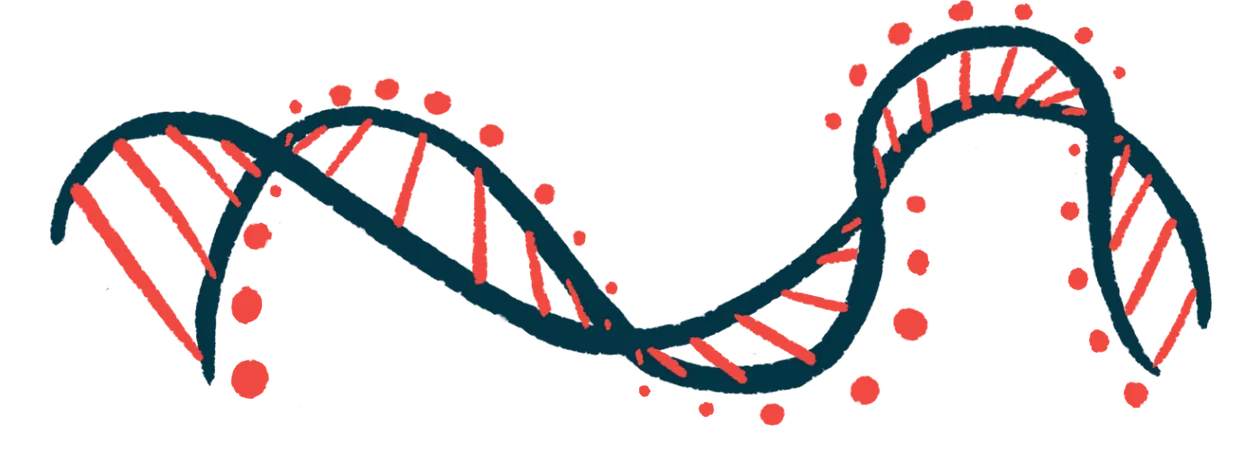
Groundbreaking ALS Research: CREB3 Protein as a Game-Changer in Treatment
2025-04-09
Author: Jia
Revolutionary Discovery in ALS Research!
A remarkable genetic mutation linked to the CREB3 protein has emerged as a beacon of hope for those facing amyotrophic lateral sclerosis (ALS). This mutation, which enhances the protein's activity, is associated with a significantly lower risk of developing ALS, revealing that individuals with this mutation not only experience a slower progression of the disease but also enjoy longer lifespans.
Unveiling the Science behind CREB3
Published in the esteemed journal Nature Communications, the eye-opening study titled 'CREB3 gain of function variants protect against ALS' indicates that increasing the activity of CREB3 might offer a promising strategy to delay the onset of ALS or slow its progression.
ALS is a devastating neurodegenerative condition that gradually destroys motor neurons, the nerve cells responsible for voluntary movement. Although the precise biological mechanisms behind this nerve damage remain partially understood, scientists are aware that certain disruptions in genetic activity contribute to the disease's advancement.
Digging Deeper: The Role of CREB3
CREB3 serves as a transcription factor—a crucial protein that modulates the expression of various genes within cells. Through meticulous analyses of brain samples from ALS victims, researchers aligned the data with findings from mouse models. This investigation allowed them to identify specific gene networks impacted in vulnerable nerve cells and pinpointed CREB3's involvement as a potential key player in the pathology of ALS.
A Glimpse at the R119G Mutation
At the molecular level, the CREB3 protein is constructed from amino acids. In most individuals, the amino acid arginine occupies the 119th spot; however, a rare mutation replaces it with glycine (R119G). The study analyzed genetic data from 1,873 ALS patients and 3,926 healthy individuals, revealing that the R119G variant was notably more prevalent among those without the disease, corresponding to a 39% reduced likelihood of developing ALS.
Life-Saving Insights for ALS Patients
Further examination of patient outcomes indicated that those with the R119G mutation lived on average nearly a year longer—55.5 months compared to 43.9 months for those lacking the variant. Remarkably, the progression of ALS was considerably slower in R119G carriers.
The research team confirmed the protective role of the R119G mutation within ALS, emphasizing its link to a slower rate of motor deterioration and prolonged disease duration. The mutated CREB3 not only demonstrates higher activity levels but also activates more target genes, potentially paving the way for more effective treatments.
Looking to the Future: A New Hope for ALS Treatment
The findings suggest that activating CREB3 could be a breakthrough approach in treating ALS, underscoring the importance of further research to solidify these results and explore the full potential of CREB3’s role in nerve cell health. With continued investigation, this could lead to transformative therapies for those affected by ALS.



 Brasil (PT)
Brasil (PT)
 Canada (EN)
Canada (EN)
 Chile (ES)
Chile (ES)
 Česko (CS)
Česko (CS)
 대한민국 (KO)
대한민국 (KO)
 España (ES)
España (ES)
 France (FR)
France (FR)
 Hong Kong (EN)
Hong Kong (EN)
 Italia (IT)
Italia (IT)
 日本 (JA)
日本 (JA)
 Magyarország (HU)
Magyarország (HU)
 Norge (NO)
Norge (NO)
 Polska (PL)
Polska (PL)
 Schweiz (DE)
Schweiz (DE)
 Singapore (EN)
Singapore (EN)
 Sverige (SV)
Sverige (SV)
 Suomi (FI)
Suomi (FI)
 Türkiye (TR)
Türkiye (TR)
 الإمارات العربية المتحدة (AR)
الإمارات العربية المتحدة (AR)